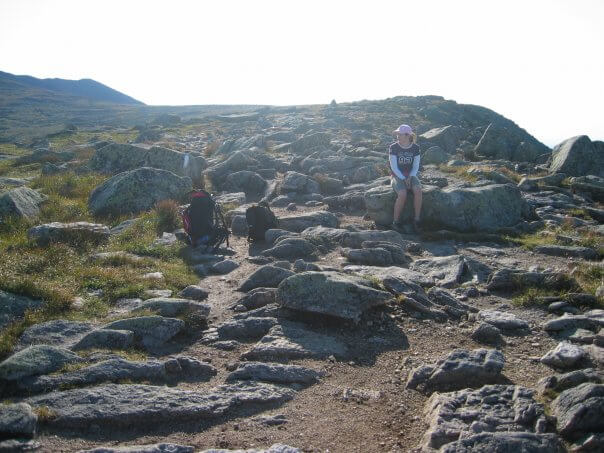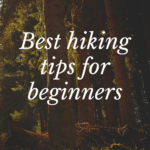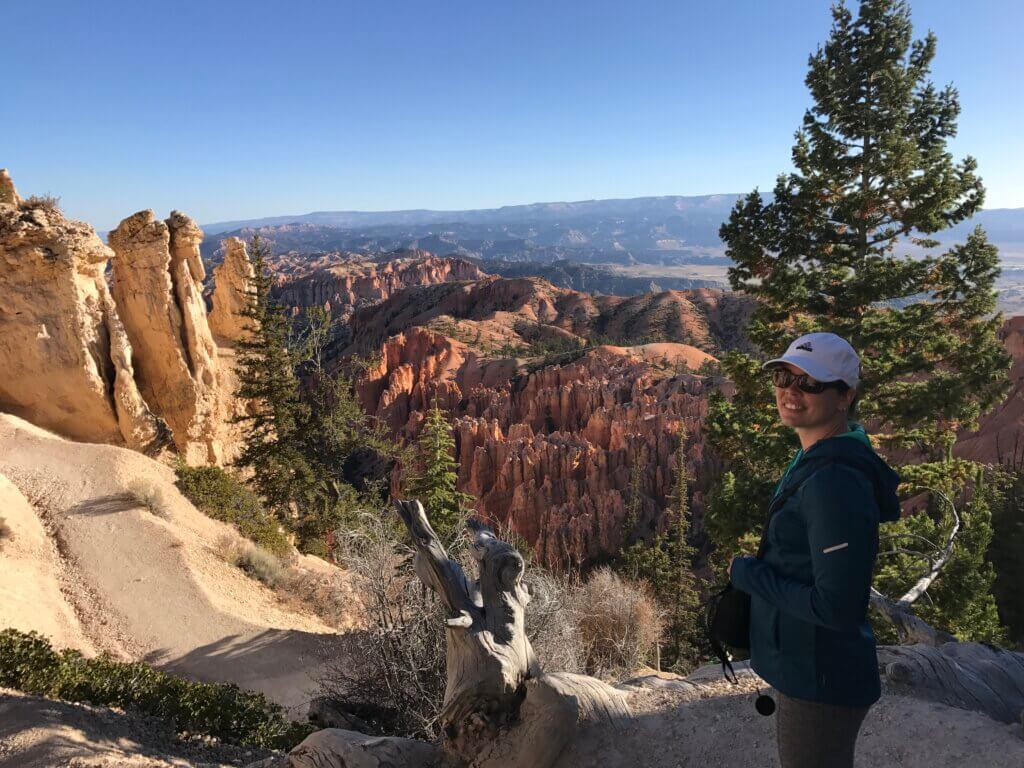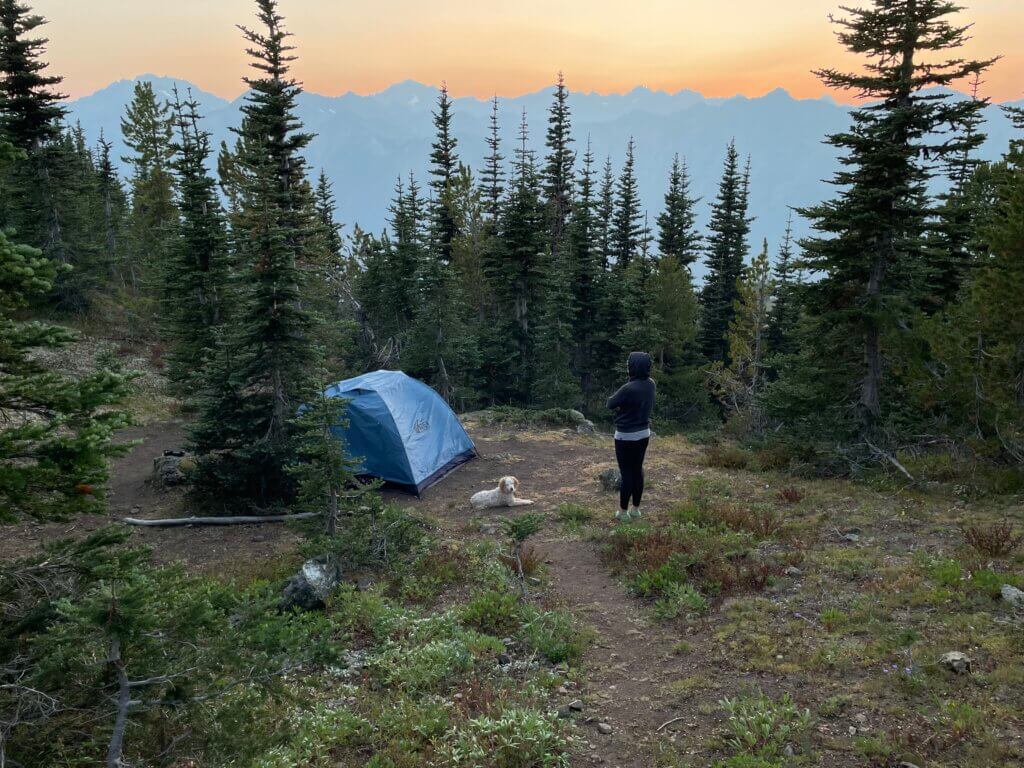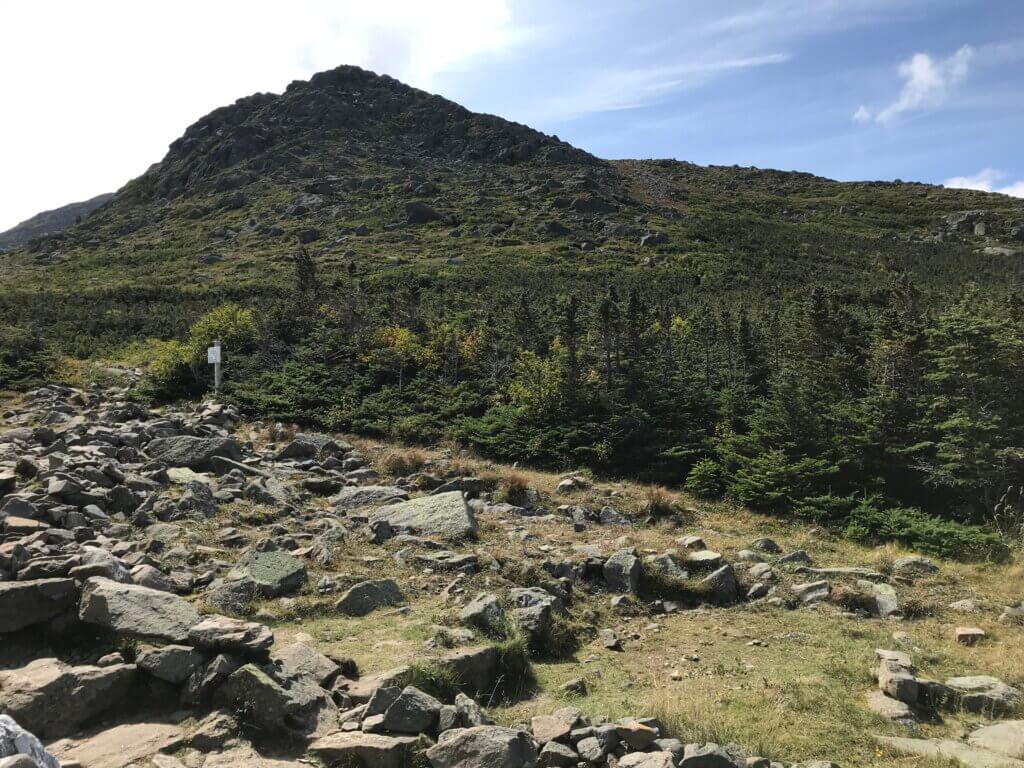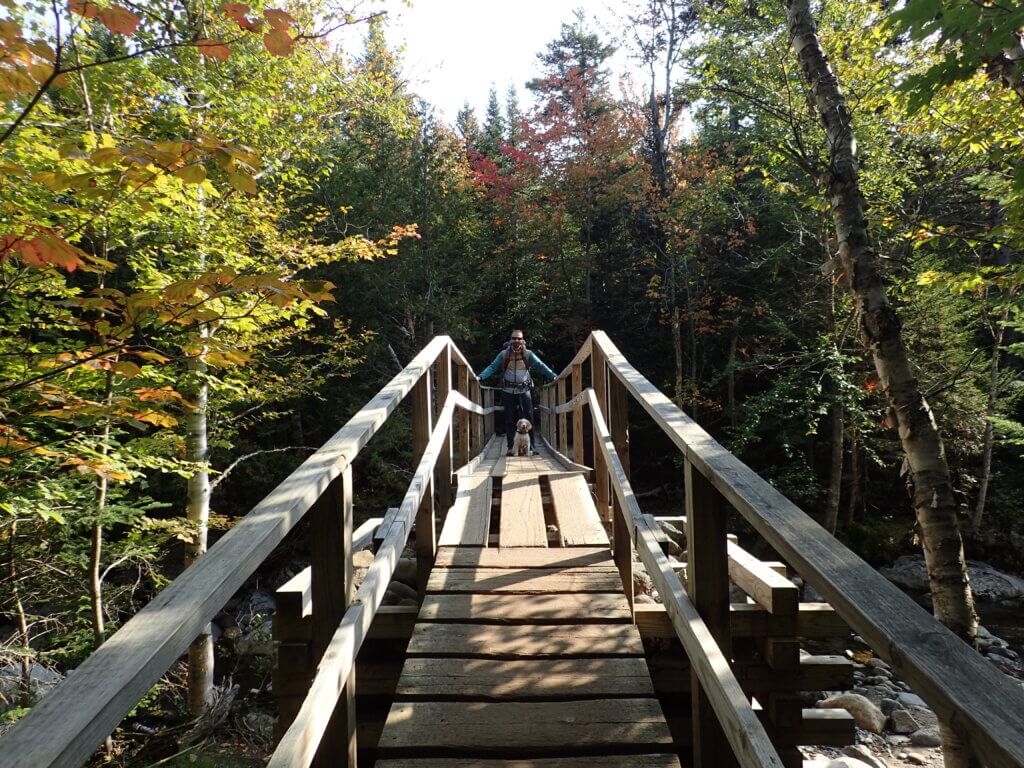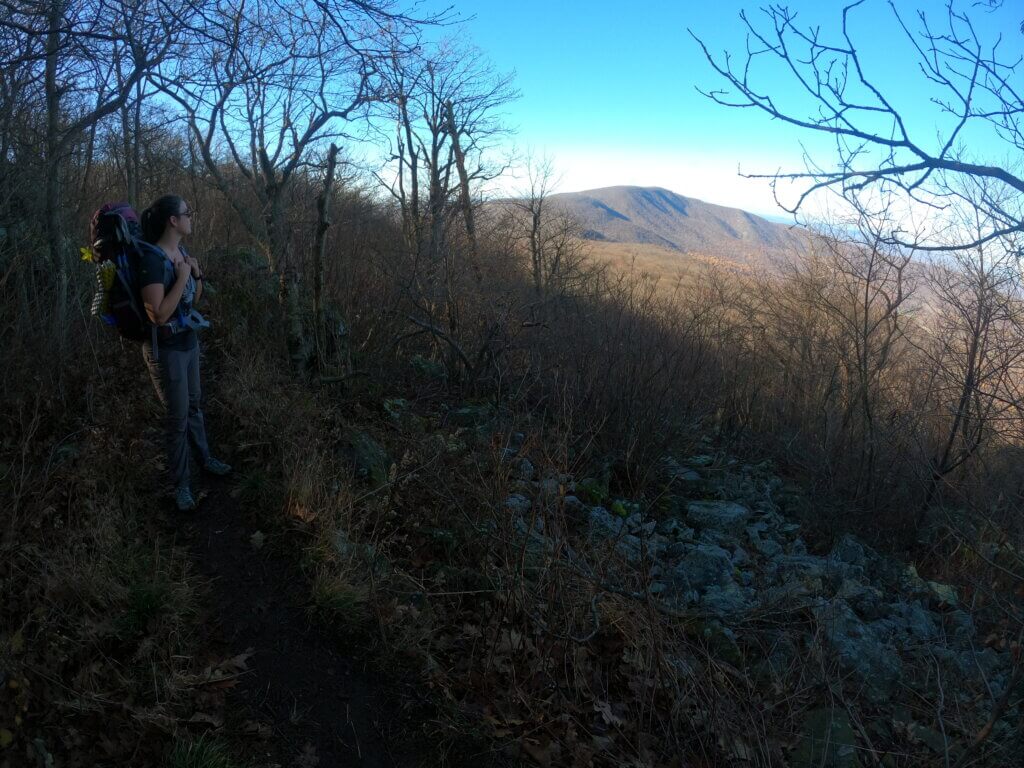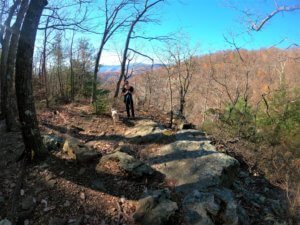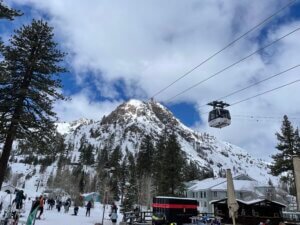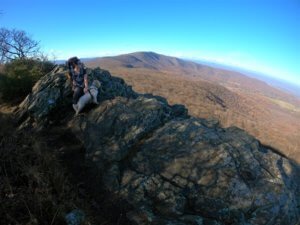Backpacking can be a great way to get outdoors and explore the nature around you. It can also seem overwhelming for first-time backpackers. But it doesn’t have to be.
I’m going to break down ways you can get outdoors safely and be able to enjoy your first time out fully through proper planning.
The logistics of your first backpacking trip
There are a lot of things to consider when planning your first trip. From finding the right place to go to deciding if you want to tackle multi-day hikes with backcountry camping or find a great place to set up camp and go on short hikes or check out multiple day hikes.
Or head to a cool trail, park and just set out on a great day hike. There are lots of options for hiking and there is no right way of doing it, but there are ways to make sure you have a great time (maybe type 2 fun, where you aren’t fully enjoying the slog at the time but afterwards it makes you smile).
Short hike or a short distance
A short hike or a day hike is a great place to start. Depending on where you live you may have to drive out of a city to find some green space, or you may have trails in your own area. In Seattle, we have multiple large parks with great shorter trails ranging from 1-5 miles, which is just a nice way to get outside into nature for a bit without having to drive a long distance.
For those types of day hikes, you don’t need to bring a lot with you. Making sure you have appropriate footwear and enough water and possibly a snack or some lunch (because there really isn’t any better place to eat food then in a beautiful place in nature).
Overnight hikes
Thinking of taking some overnight trips? There are a few logistical things to consider that depend on the area, length of the trip and your needs.
Food storage
It is always a good idea to hang your food, regardless if you are in bear country or not. I have had small rodents and raccoons try to get into my food at night when sleeping in a lean to in Maine’s Baxter State Park. You will need to decide if a canister is right for you or a waterproof bag, but honestly if you’re planning to do hikes in a variety of places having a canister is your best option.
With the waterproof bag you can hang it from a tree (make sure to bring paracord and aim to hang it 100 feet from camp and as high up as you can get it.
Bear canister
As I mentioned above, some places require a bear canister and some it’s a good idea because there are bears in the area. If you are going to be purchasing gear for a multiday trek with the anticipation of doing more in the future in potential bear country I would recommend a bear canister over a bag. That means you don’t have to have multiple pieces of gear for essentially the same thing. Though I will say you may not be able to fit as much food into a bear canister as you can a bag, so planning is essential.
Miles roundtrip
Make sure you know how much mileage a hike is so you can plan how many days it will like take you. Not only that but also the elevation changes, because that may change how many miles you can put in each day. Do you think you could hike 8 miles? 10? 15? Can you do that kind of mileage consistently, day after day? Be realistic with yourself, hike your own hike knowing what you are capable of. Don’t overstretch yourself if it puts you at risk of injury, it’s not worth it and can be dangerous in the backcountry.
Is this roundtrip? Some hikes are an out and back, some are a loop or can be made into a loop. I personally like loops because you don’t see the same scenery twice and you don’t need to think about how you are going to get back to your car if you only plan to do the “out” and not the “back.”
Wilderness permit
Do you need a wilderness permit? Most of the time the answer is yes. This is the same as a backcountry camping permit in many places. But make sure you know what permits are needed for a given hike and if they are popular you may need to get them well in advance or even put in for a lottery.
Water source
Will there be water sources available near your campsites or along the route? Knowing how much water you need to carry between water sources is important in keeping you safe while on the trail. How will you filter that water to make it safe for drinking? Don’t forget extra for cleaning your dishes and making coffee and for cooking, not just for drinking. Having several liters on you is heavy but it’s your most important item when on a long trek.
Feet of elevation gain
As I mentioned above with the mileage, knowing how much elevation gain there will be will help you decide how many miles you will put in each day, if this is something you feel comfortable with, and often times it can dictate which direction you hike the trail. An example is the Presidential Traverse in New Hampshire’s White Mountains. This hike has a lot of elevation gain and loss and it is often recommended to hike it from the Mount Madison end because your legs are the freshest and therefore it gets the hardest part out of the way first. Making those decisions ahead of time and knowing where you are in your fitness makes a difference in how enjoyable the hike is.
Backcountry campsites
Are there designated backcountry campsites or do you just need to be below a certain elevation and so far off the trail? If there are designated campsites, how many and is this a busy trail that they may fill up quickly? If you arrive and they are full, what are your options? Do you need to hike on to the next stop or are there additional campsites just a little further on?
Pit toilets
Some hikes have pit toilets at the designated camping sites. In the Adirondacks High Peaks region, there are pit toilets available at many of the designated camping areas. If you are backcountry, there is likely not going to be pit toilets. Make sure to bring a small shovel and dig at least 6 inches deep and cover thoroughly. It is recommended to be 100 feet from your campsite, in case it attracts wildlife, therefore the deeper you dig, the less likely to attract unwanted guests.
If you are hiking with your dog, bring an extra Ziplock for trash and used poopie bags. It is good backcountry stewardship to pack out what you pack in and to practice leave no trace.
Parking lot
Some areas require you to have a specific permit for your car. In Washington state, there are national forests and national parks which you can use the NW forest pass or the America the Beautiful Pass (which I highly recommend if you plan to visit several National Parks and forests in a year) and the Discover Pass for state parks.
Knowing how busy a parking lot will be before hand will help you determine when you might need to get started and if you are doing a one way trek, where will you stage your vehicles? Is there a shuttle that might be able to bring you back to your car?
In Maine’s 100-mile wilderness, there is a shuttle that can pick you up to bring you back to your car. Similarly, if you hike the Rim to Rim trail in the Grand Canyon, there is also a shuttle there. It’s often easier to stage your car at the end of your hike and have a shuttle take you to the beginning, so that when you are finished you can just head out and not worry about waiting for a shuttle or trying to make a certain time in order to catch the shuttle.
Packing list
- Water purification methods
- Pack raincover
- Headlamps and batteries
- Tent
- Sleeping bag and pad
- Paracord
- Maps
- Compass
- Sunblock and bug spray
- First aid kit
- Matches
- Folding knife
- Spork
- Jetboil
- Bowls
- Coffee mugs
- 3 pairs of socks
- Underwear
- 2 t-shirts/tank tops
- 1 pair of pants/1 pair of shorts
- Clothes for bed (shorts and a tank top – kept in a Ziplock to keep them dry)
- Hat
- Camp shoes
- 1 jacket or sweater
- toilet paper and shovel
- Food to last the length of your trip including coffee, creamer and sugar, mountain house meals, oatmeal, peanut butter, trail mix, granola bars, chocolate, jerky, dehydrated fruit
General tips for beginner backpackers
- Let a family member know where you will be, when and when you expect to be finished
- Make sure you know the permit requirements for your hike
- Some hikes require backcountry permits that you need to put into a lottery for (e.g. wonderland trail in Washington)
- Sometimes you can get your permit when you arrive at either the ranger station or at the beginning of the hike
- Some permits can be found on recreation.gov when it comes to hiking and camping in the United States (e.g. John Muir Trail in California)
- Depending on where you plan to hike (even if it’s a day hike) you may need specific passes (e.g. National Parks, state parks, or a wilderness area). Many states have their own pass (Washington has the Discover Pass) and I highly recommend the America the Beautiful Pass for National Parks and National Forests
- If you are planning to go backcountry camping, chances are you will need a permit
- Some of the best beginner hikes are just one overnight. If you have never spent a night in the woods, maybe start with a trail you can do over two days and build up to that big multiday slog. Don’t feel like you have to put in big miles right off the bat because of what others might think. Hike your own hike. Enjoy it. Take your time. The best part about hiking is the hiking. It’s spending time in nature and letting some of that daily stress melt away.
- Know your current skill level. We all started as beginners, start as a beginner. Trying to do more can lead to injury and you never wanting to set foot on trail again and that would be a shame and it’s totally unnecessary. Building up to a big hike and learning what gear works best for you and refining what you bring and listening to your body is the smart way to approach hiking.
Backpacking experience
Knowing what types of experiences you enjoy will dictate the hike you choose. There are great waterfall hikes, hikes with incredible mountain views, hikes through rainforest, hikes along the ocean. What do you look for in a hike? What do you want to see?
I personally love hikes with great mountain views, so the Presidential Traverse in New Hampshire, Marmot Pass in the Olympic National Forest in Washington, or the Highline Trail in Glacier National Park are all great choices. I am a big fan of rugged forested trails with mountain views at the end. To see forest well into the distance is my happy place.
When trying to decide which hike to choose, some of the non-technical things to consider are
- Where can you find beautiful scenery? I mean, to me, any time in nature provides beautiful scenery, but is there something in particular you really want out of your hike? Mountain views? Ocean views? Wildflowers?
- easy access
- fewer people
- are there different hiking trails in an area that you could explore?
Concluding Thoughts
Honestly, any hike is a great option in my books. Got a big hiking dream? Start with an easy hike and build up to that big dream. Take a short walk in a nearby park, then tackle an easy hike with low mileage in a nearby state park. The more you go, the more comfortable you will be.
Don’t worry about having the best gear, or all ultra light, or having a ton of experience. Experience is gained on the trail. So go.
